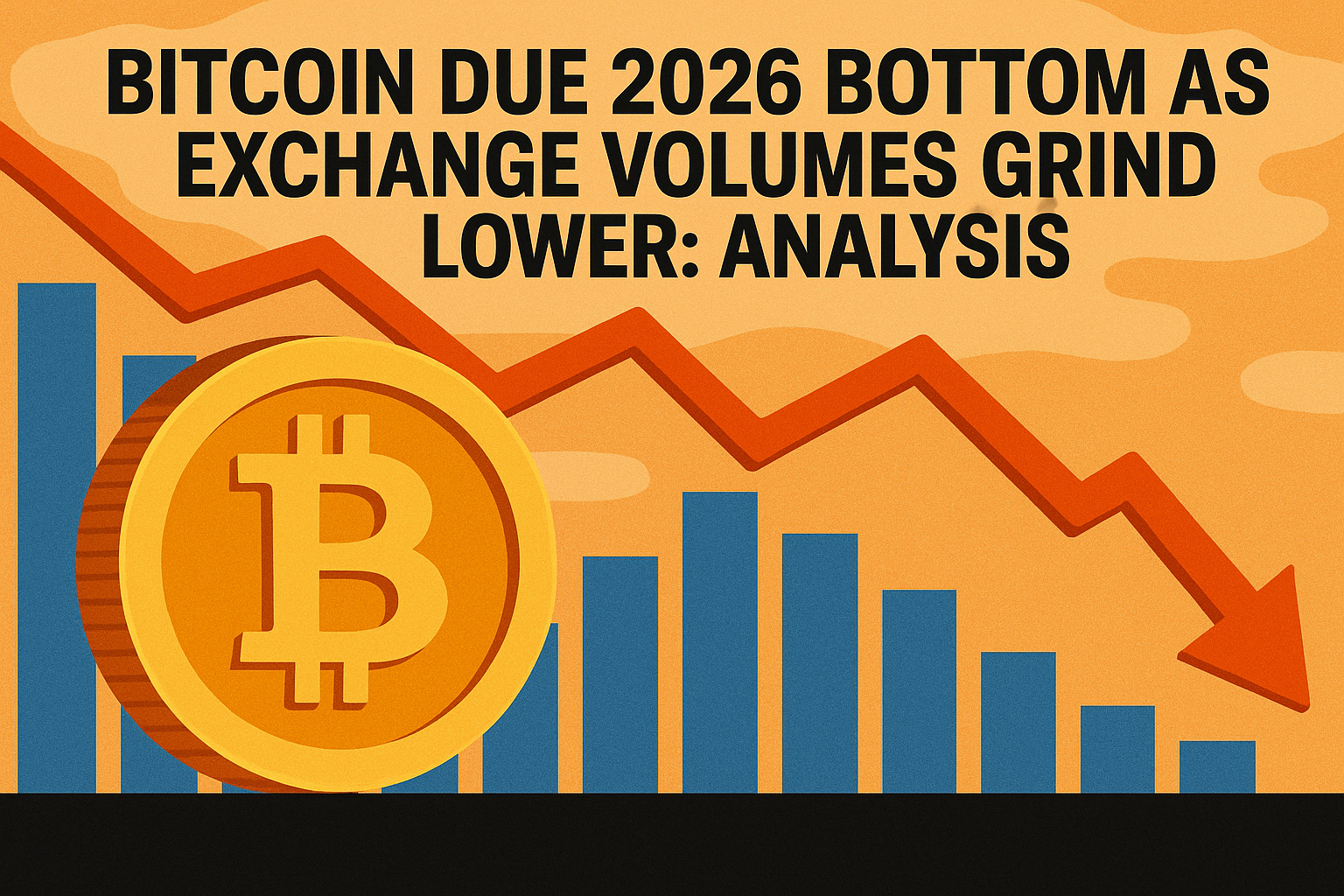Table of Contents
A Bitcoin investment involves buying and holding Bitcoin, a decentralised digital currency, to gain profit from its value appreciation potentially. Investors purchase Bitcoin through exchanges, store it in digital wallets, and may use strategies like long-term holding or trading to capitalise on market fluctuations.
BTC to USD refers to the exchange rate between Bitcoin (BTC), a digital cryptocurrency, and the US Dollar (USD).
When investing in Bitcoin, expect high volatility, the potential for significant gains or losses, and the need for secure digital storage. You will need to stay informed about market trends, regulatory changes, and technological developments.
Be prepared for market fluctuations and ensure you understand the risks involved in this speculative investment. This blog explores what to expect on returns on Bitcoin investments in the short term.
Understanding Short-Term Bitcoin Volatility
Volatility is the degree of variation in the price of a financial instrument over time. It is a measure of how much the price of an asset, such as stocks, bonds, or cryptocurrencies, fluctuates within a given period.
High volatility means that an asset's price can change dramatically over a short time, indicating higher risk and potential for large gains or losses.
Conversely, low volatility implies that an asset's price remains relatively stable. Volatility is influenced by factors like market sentiment, economic indicators, and external events, and it is a key consideration for investors when assessing the risk of an investment.
Understanding short-term Bitcoin volatility is crucial for investors. Bitcoin's price can fluctuate rapidly due to factors like market sentiment, regulatory news, and macroeconomic trends
High trading volumes and speculative activity contribute to its volatility. External events, such as government announcements or technological advancements, can cause sudden price swings.
Short-term traders often use technical analysis to predict price movements, but this strategy carries risks. It's essential to stay updated on news and market trends, manage risk through diversified portfolios, and be prepared for potential losses.
Understanding these dynamics helps investors make informed decisions and navigate the volatile Bitcoin market effectively.
Key Factors Influencing Bitcoin's Short-Term Price Movements
Key factors influencing Bitcoin's short-term price movements include market sentiment, regulatory news, and macroeconomic events. Positive news, such as institutional adoption or technological advancements, can drive prices up. Meanwhile negative news, like security breaches or regulatory crackdowns, can cause declines.
High trading volumes and speculative activity amplify volatility. Influential figures' endorsements or criticisms on social media can also impact prices. Global economic conditions, such as inflation or changes in interest rates, affect investor behaviour.
Technical factors, like market liquidity and trading patterns, further contribute to price fluctuations. Understanding these factors helps investors anticipate and respond to Bitcoin's dynamic market changes.
Strategies for Short-Term Bitcoin Trading
Bitcoin trading involves buying and selling Bitcoin through various platforms. Traders speculate on price movements, aiming to profit from fluctuations in the cryptocurrency's value.
They use exchanges to execute trades, where buy and sell orders are matched. Technical analysis, chart patterns, and market trends guide trading decisions.
Successful trading requires understanding market psychology and having a robust strategy to navigate the highly dynamic cryptocurrency market.
Short-term Bitcoin trading strategies include day trading and scalping. Day trading is when you buy and sell within the same day to capitalise on intraday price movements.
Scalping focuses on making small, frequent profits from minute price changes over short time frames. Traders use technical analysis, chart patterns, and indicators like moving averages and RSI to inform decisions.
Risk management is crucial because setting stop-loss orders and position sizing can help mitigate potential losses, and staying informed about market news and trends is essential for success.
Market Sentiment and Its Impact on Bitcoin Returns
Market sentiment is the overall attitude or feeling of investors and traders towards a particular market.. It reflects the collective psychology of market participants, influencing their buying and selling decisions.
It plays a significant role in shaping market movements, as positive sentiment can drive prices higher, while negative sentiment can lead to declines.
Market sentiment significantly impacts Bitcoin returns, reflecting collective investor attitudes and emotions towards the cryptocurrency. Positive sentiment, driven by favourable news, technological advancements, or endorsements by influential figures, often leads to increased buying activity and price surges.
Conversely, negative sentiment, fueled by regulatory crackdowns, security breaches, or economic uncertainties, can cause panic selling and price drops.
Social media, news outlets, and public opinion play vital roles in shaping sentiment. Understanding and monitoring market sentiment helps investors predict potential price movements and make informed decisions.
Sentiment analysis tools and staying updated with news can provide valuable insights for maximizing Bitcoin returns.
Should You Expect Returns on Bitcoin Investments Short-Term?
Expecting short-term returns on Bitcoin investments can be risky due to its inherent volatility. While some traders may profit from rapid price swings, this approach requires careful market analysis, timing, and risk management.
Bitcoin's price can be influenced by unpredictable factors, including regulatory news, market sentiment, and macroeconomic events, making short-term gains uncertain. Investors should be prepared for potential losses and not rely solely on quick profits.
A balanced strategy, combining both short-term and long-term perspectives, can mitigate risks. Understanding the volatile nature of Bitcoin and staying informed about market trends is crucial for managing expectations and making informed investment decisions.




